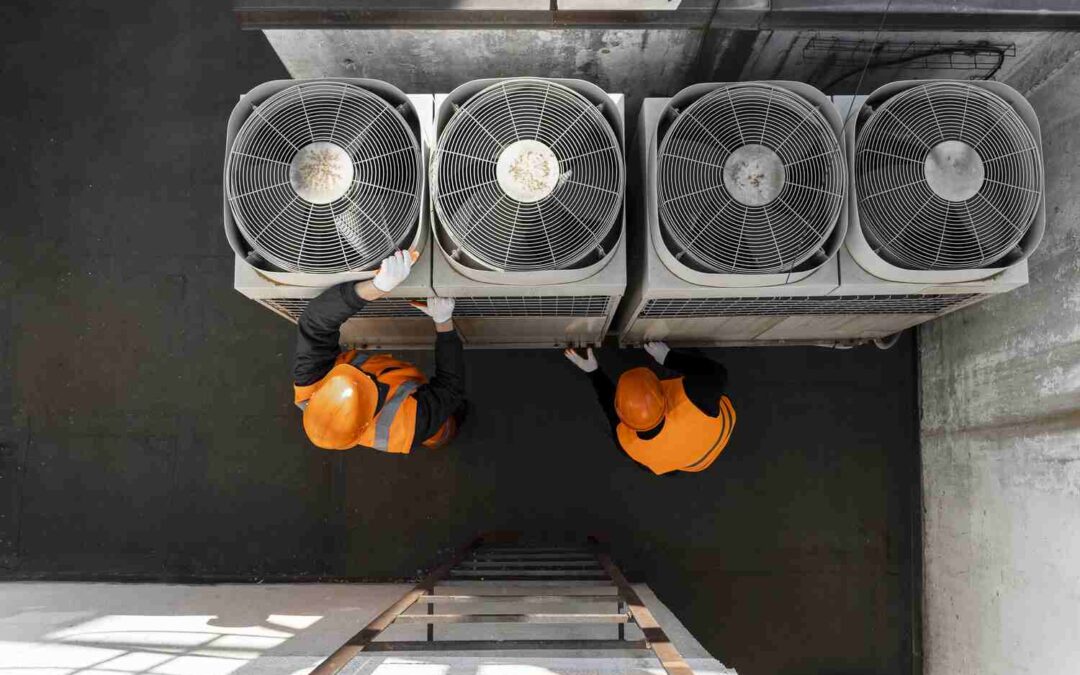When we breathe air in the greater outdoors, we are aware that we are ingesting smog as well as other pollutants. Most of us think that when we make the transition indoors, into our homes or workplaces, that we breathe higher quality air. However, it is a mistake to believe that the indoor air quality inside of a home or office is perfectly safe. If indoor air is not adequately cycled with the proper HVAC equipment, it can pollute the air that we breathe in for the majority of the day.
How to Know if You Have an Indoor Air Quality Issue
There are some common warning signs of indoor air pollutants. If you find that you are often sick while at home and feel better when you are away from the house or office, the quality of your indoor air could be compromised. Be on the lookout for extra dirt, dust and other particles around your home or office heating and cooling units. If you spot mold, notice that air doesn’t circulate properly through the house, have humid air that results in condensation, stuffy or smelly air, damage to your chimney or flue or overly tight construction, you could be breathing in low quality air. You can perform tests to determine if specific air pollutants have made their way into your home and are affecting your health. Ideally, you’ll have a HVAC technician inspect your heating and cooling units along with the quality of your air for a thorough analysis.
Common Indoor Air Pollutants
If you decide to test the air quality of your home or office, you should be on the lookout for a number of common indoor air pollutants. These include radon, asbestos, lead, lead dust, formaldehyde, household chemicals, mold, dust, carbon monoxide, cockroaches, rodents, pet hair and dander.
How Pollutants Invade Your Indoor Environment
These pollutants typically find their way into your home or naturally occur when materials or chemicals already inside of the building emit particulates or gases. Sometimes a lack of circulation or ventilation from faulty HVAC equipment can actually trap contaminants within the building. Those indoor environments that are extra humid are typically a breeding ground for such pollutants. Be on the lookout for malfunctioning space heaters, the improper use of pesticides, the use of household chemicals and solvents in inappropriate spaces, pesticide use in your area, a poorly ventilated stove or furnace, insulation made with asbestos and carpets, rugs and furniture treated with chemicals.
Why Indoor Air Quality Matters
Poor indoor air quality can cause more than just a temporary sickness. Indoor air pollutants can impact the health of an entire family or office staff. If you don’t have a state of the art central heating and air conditioning unit to remove unwanted particles from your air, you could suffer from a number of respiratory illnesses like asthma, chronic respiratory diseases, heart disease and even cancer. The longer you are exposed to these pollutants, the greater your chance will be at becoming ill.
Purify Your Air Today
It is helpful to properly ventilate your home to prevent pollutants from becoming trapped inside. Proper ventilation also decreases humidity levels and stops the growth of mildew and mold. Unfortunately, it is not always possible to ventilate the home by opening the windows and doors due to temperature extremes and precipitation. Keep your indoor air as clean as possible with an air heating, cooling and cleaning system that removes all important pollutants from your home. Once your new system is installed, you’ll likely notice the difference in indoor air quality right away.



